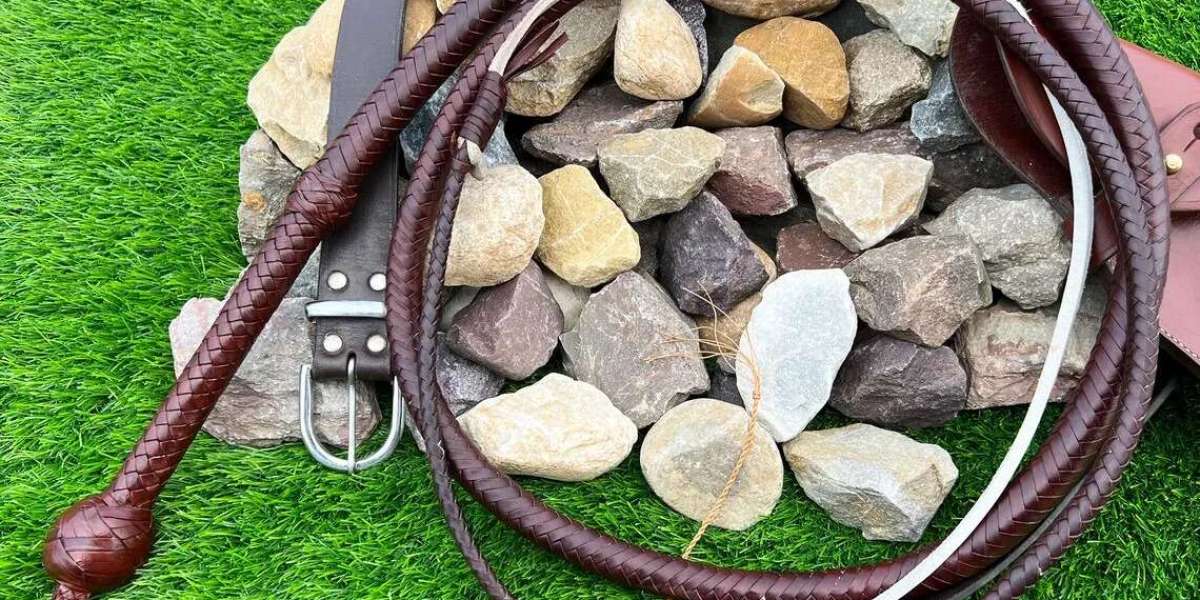Few objects in film history are as recognizable as the Indiana bullwhip. That sleek, coiled weapon wielded by the adventurous archaeologist Indiana Jones has come to symbolize courage, wit, and timeless heroism. But beyond its cinematic fame, the bullwhip has a deep history rooted in craftsmanship, physics, and practicality.
What Is the Indiana Bullwhip?
The Indiana bullwhip refers to the handcrafted leather whip famously used by Harrison Ford as Indiana Jones in the blockbuster movie series. Typically 10 to 12 feet long, this whip was designed for precision, control, and dramatic flair — not just as a prop, but as a real working tool.
In the films, the whip serves multiple purposes: a weapon, a climbing aid, and even a symbol of Jones’s bold, fearless nature.
Origins of the Bullwhip
Long before Indiana Jones, the bullwhip was a practical instrument for cattle herding. Cowboys and stockmen used it to create loud cracks that moved herds without physical contact. Originating in the American West and refined in Australia, the bullwhip became a representation of power and mastery — traits perfectly aligned with Indiana Jones’s character.
Indiana Jones and the Bullwhip Legacy
When George Lucas and Steven Spielberg created Indiana Jones, they wanted a unique tool that reflected both the adventure and danger of archaeology. The bullwhip, chosen for its dramatic presence, instantly became the hero’s signature accessory — as iconic as his fedora and leather jacket.
Every crack of the whip in the films became a statement of skill and courage, turning a traditional ranching tool into a symbol of cinematic adventure.
The Symbolism Behind the Indiana Bullwhip
The bullwhip in Indiana Jones isn’t just a weapon — it’s a metaphor. It represents control over chaos, mastery over fear, and a bridge between intellect and instinct. Just as Jones uses his mind to solve puzzles, he uses his whip to navigate danger.
In many ways, the whip is an extension of his willpower — both disciplined and wild at the same time.
Design and Craftsmanship
Handle Construction
The Indiana bullwhip typically features a solid handle, often made of steel or wood, wrapped tightly in braided leather for a firm grip. The handle provides balance and control during cracking.
Braiding and Plait Count
The artistry of a whip lies in its braiding. High-quality Indiana bullwhips are hand-braided with 8, 12, or even 16 plaits (strands). The more plaits, the smoother the taper and the more responsive the whip.
Fall and Cracker Components
At the end of the whip lies the fall — a replaceable section that absorbs stress during cracking. Attached to it is the cracker, a thin strand responsible for producing that iconic sonic boom.
Materials Used in Indiana Bullwhips
Kangaroo Leather
The original Indiana Jones bullwhips, designed by David Morgan, were made from kangaroo leather. This material is renowned for its strength, flexibility, and light weight — ideal for smooth, precise cracks.
Nylon and Modern Alternatives
Today, many collectors and performers use nylon bullwhips, which are more affordable and weather-resistant. While they lack the luxurious feel of leather, they’re great for practice and outdoor performance.
The Physics of the Bullwhip Crack
That sharp snap of a whip? It’s not just sound — it’s science. When flicked, energy travels through the whip’s tapered body, accelerating the tip beyond the speed of sound. The result is a miniature sonic boom, making the bullwhip one of the first human-made objects to break the sound barrier.
How Indiana Jones Made the Whip Famous
Indiana Jones turned the bullwhip into a cinematic legend. Whether swinging across chasms, disarming enemies, or pulling weapons out of reach, every whip move showcased agility and intelligence.
The films (Raiders of the Lost Ark, The Temple of Doom, The Last Crusade, and Kingdom of the Crystal Skull) solidified the bullwhip as an inseparable part of his persona.
Stunt Work and Training Behind the Scenes
To bring authenticity to his role, Harrison Ford trained extensively under whip master Terry Jacka and whip maker David Morgan. Ford’s real whip-cracking skills were showcased on-screen, earning him respect not just as an actor but as a genuine practitioner of whip art.
How to Use a Bullwhip Safely
Using a bullwhip isn’t as easy as it looks. Safety comes first:
- Always practice in open spaces.
- Wear safety glasses.
- Start slow and learn basic cracks before advancing.
- Keep a safe distance from others and animals.
With practice and respect, anyone can learn the satisfying rhythm of a good whip crack.
Buying an Authentic Indiana Bullwhip
If you’re looking for a true Indiana bullwhip replica, go for one made by professional whip makers. Look for features like:
- Hand-braided kangaroo leather
- 10–12 feet length
- Weighted core for smooth control
- Authentic design modeled after David Morgan’s original creations
Avoid cheap imitations — quality whips are investments that last a lifetime.
Famous Makers of Indiana Bullwhips
The original bullwhips used in Indiana Jones were crafted by David Morgan, a legendary whip maker from Washington State. His craftsmanship inspired countless modern whip artists, such as Paul Nolan, Joe Strain, and Bernie Wojcicki, who continue the legacy with stunning replicas and performance-grade whips.
How to Care for Your Bullwhip
A whip is like a classic car — it needs regular maintenance:
- Store it loosely coiled in a dry area.
- Condition leather whips with quality leather dressing every few months.
- Avoid moisture and heat.
- Replace worn falls and crackers to maintain performance.
With care, a good whip can serve for decades — even generations.
Modern-Day Uses of Bullwhips
Today, the bullwhip isn’t just for movies. It’s used in sport cracking competitions, stage performances, and even martial arts demonstrations. Many enthusiasts find it both therapeutic and thrilling — a perfect blend of focus, rhythm, and control.
Cultural Impact of the Indiana Bullwhip
The Indiana bullwhip has transcended its role as a film prop. It’s become a pop culture icon, symbolizing adventure, bravery, and ingenuity. From Halloween costumes to collectible replicas, the whip’s image continues to inspire generations of explorers and dreamers.
Conclusion
The Indiana bullwhip is more than leather and braids — it’s a symbol of spirit, adventure, and precision. From ancient cattle herding to silver-screen stardom, this simple tool has evolved into a legend. Whether you admire it as a fan, collector, or practitioner, the Indiana bullwhip reminds us that with skill and courage, even the simplest tools can become legendary.
FAQs
1. Who made the original Indiana Jones bullwhip?
The original bullwhips were crafted by renowned whip maker David Morgan in the United States.
2. What length whip did Indiana Jones use?
Indiana Jones typically used a 10-foot kangaroo leather bullwhip, though variations existed for different scenes.
3. Can a real bullwhip break the sound barrier?
Yes, when cracked properly, the tip of a bullwhip travels faster than sound, creating a mini sonic boom.
4. What’s the best whip for beginners?
A nylon bullwhip around 6–8 feet is perfect for beginners—it’s affordable, durable, and easier to control.
5. Is whip cracking dangerous?
It can be if done carelessly. Always practice in open areas, wear eye protection, and start slow to avoid injury.














